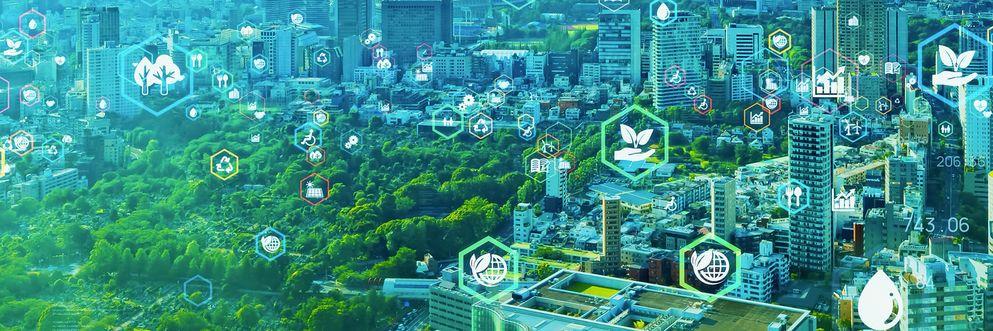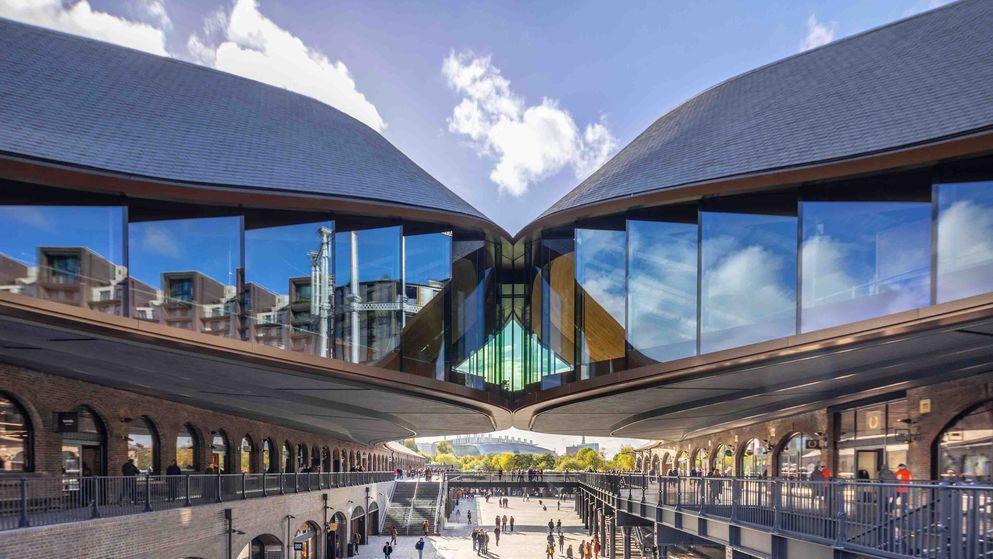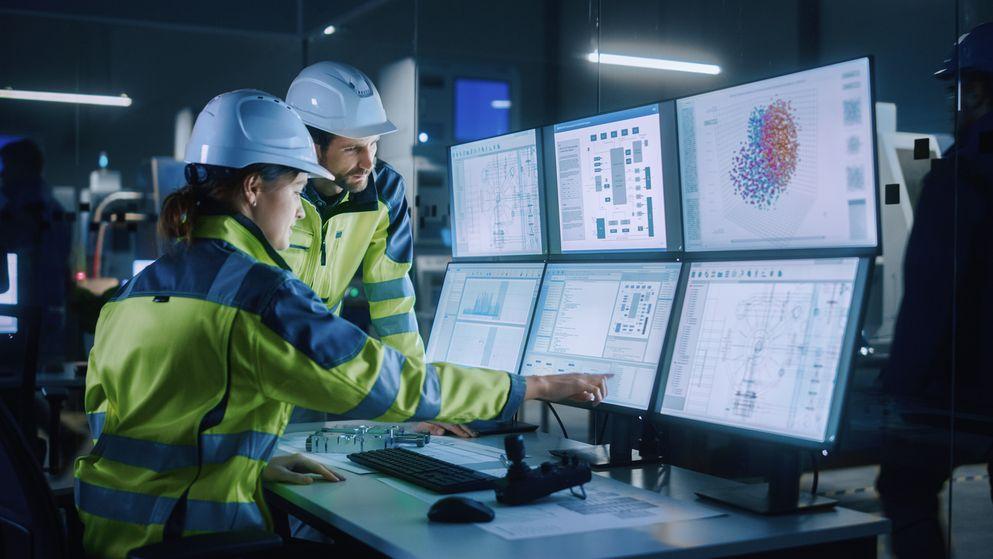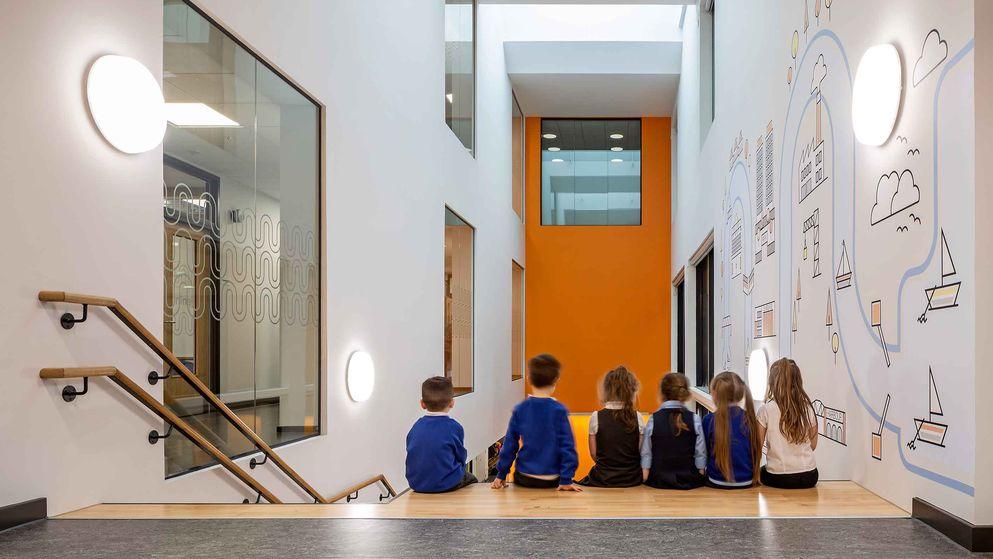
Are digital twins the secret weapon we need to create the sustainable buildings of the future?
Are digital twins the secret weapon we need to create the sustainable buildings of the future?
We live in a world full of data. But are we using it to its full potential? And how can we harness it to solve our most pressing global challenges?
It was recently confirmed that for the first time the 1.5C threshold of global warming has been breached for a full 12 months*. Climate change is something we can no longer afford to ignore. It’s real and it's happening now. Recent data from the IEA showed that the buildings we inhabit account for a massive 26% of global energy-related emissions**.
So how can we reduce the impact of our buildings and make them more efficient? Can digital twins help us harness the power of data, to allow us to use and maintain our buildings more sustainably?
Where technology, efficiency, and a more sustainable future meet
There are two parts to a digital twin – a physical building or piece of infrastructure and its digital replica. And these two parts are interconnected, with real-time data streaming between them.
There’s still some confusion about what digital twins really are and why they are special. I’m often asked how digital twins differ from building information modelling (BIM) which revolutionised the way buildings were designed and built more than a decade ago.
The key difference is that a digital twin mirrors the real-world building in real-time. So alongside the static building model, sensors within the building capture its behaviour, performance, and how it’s being used by its inhabitants, providing a live-feed of data to the digital twin.

The building operator's secret weapon
We can use digital twins through the whole lifecycle of a building to design, build and then run the most sustainable building possible.
During the design and construction of a new building, the twin acts as a virtual sandbox, enabling us to simulate energy consumption, lighting, and thermal performance, and to test out materials or layouts to find the most sustainable option.
However, what is perhaps most exciting about digital twins, is their potential to support the building once it’s up and running. Whether it be a hospital, a school, an office or an apartment building, a digital twin will show the building’s operator exactly how it is performing, assessing factors such as temperature and air quality, so that they can make changes to improve how efficiently it runs.
Shaping more sustainable buildings
Being able to visualise the building’s performance live, as it’s happening, allows building operators - and even users - to make instant changes to improve efficiency, optimise energy-use and enhance user-comfort.
For building operators the possibilities are endless. The twin can show them whether rooms and spaces are being used to their full potential via occupancy data. They can heat or light a room only when it’s in use, and even see when maintenance is needed for the building and its systems, mitigating the risks of failures.

Data alone is not enough
The risk as digital twins become more widely used, is data overwhelm. The data collected in the digital twin must have a purpose. And it must be connected to something people can use.
Because digital twins can manage so many aspects of a building’s operation, the key will be supporting our clients with a business analysis – asking the question – What do you need to monitor?
Buildings that think for themselves
Perhaps truly sustainable buildings will come when buildings begin to think for themselves. As we begin to integrate AI technology to control building systems, a building will be able to learn from its own data, enabling it to predict and instruct its own systems, saving more energy.
*EU Copernicus Climate Change Service
** IEA 2022 data

About the author

Michael Murphy
Head of Information Management and Data Analytics
Michael leads BAM’s Digital Project Solutions support team and has domain area responsibility for information management, while also developing and supporting innovative digital engineering solutions across BAM UK & Ireland projects.
He was instrumental in the roll-out of digital twin technology within BAM, along with a range of other digital construction solutions including, AI/ML for construction site quality and health and safety, advanced common data environments & risk management solutions.
Michael started work in the construction industry in 1997 and has worked at BAM for over a decade. He is passionate about digitising the industry to streamline construction, create more sustainable buildings and infrastructure, and benefit our clients.

